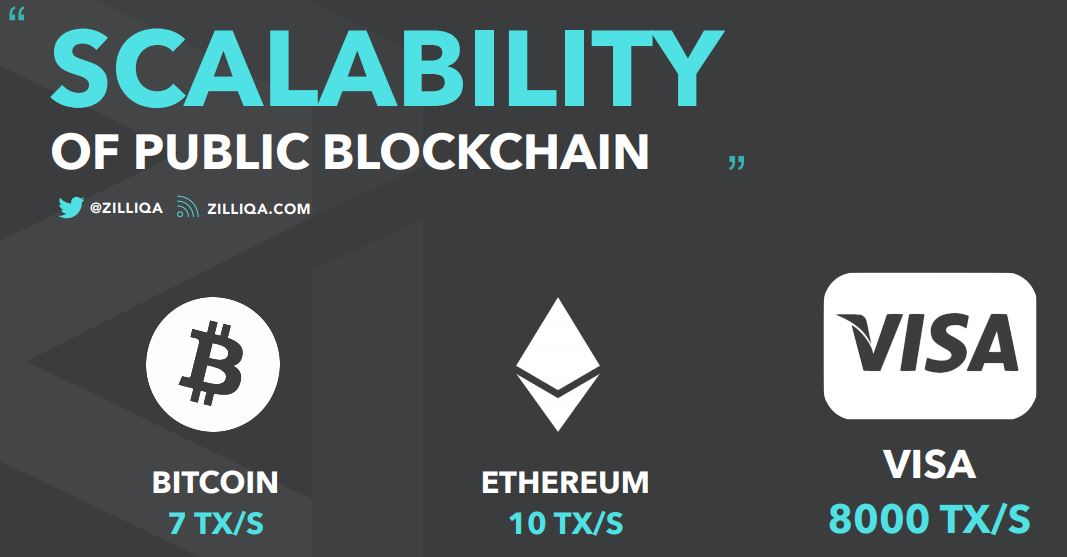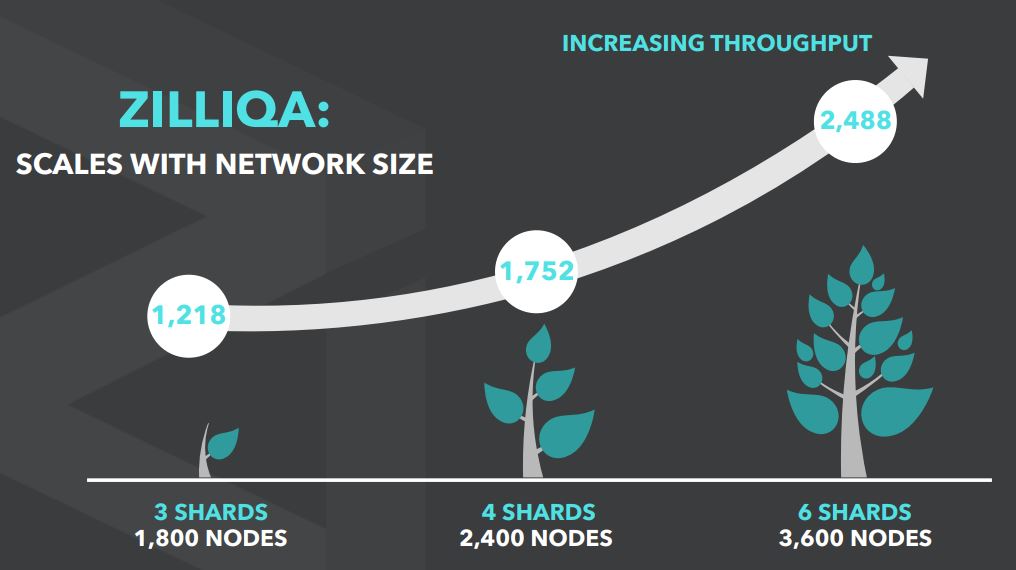Zilliqa (ZIL) has taken the next step towards unveiling its next-gen high-throughput blockchain platform after raising the curtain on its public testnet.
Touted as having the answer to Bitcoin’s scalability solution, the testnet’s successful launch has given the coin a predicted pump as users eagerly line up for the mainnet launch in Q3.
Weighing in at number 41 by market cap, ZIL has seen a 68% boost since the testnet’s release in early April, and will likely see upside as punters are drawn into what could well become the go-to blockchain for enterprise-grade transaction.
What Is Zilliqa?
Boasting its very own smart contract language, energy-efficient mining, and seemingly infinite scalability, Zilliqa’s use of sharding could facilitate millions of transactions per second — a figure colossal enough to blow any other blockchain out of the water.
See, Zilliqa is special. Whether it be increased block size or off-chain transactions, there have been countless attempts by other projects to improve on Bitcoin’s cumbersome, expensive framework — yet Zilliqa is the first to tackle the holy grail of scalability: sharding.

What Is Sharding?
Sharding has been given the eye by a number of projects, including the god-like Ethereum, being hailed as a sure-fire way to handle billions of transactions nearly instantly — perhaps going as far as to give Visa’s 8000 tx/s a run for its money.
When a transaction is committed to the blockchain, all nodes must be engaged for its verification. While this may be incredibly secure, the process is painfully time-consuming at the best of times.
Enter: sharding, which is firmly in line with the old saying many hands make light work (or fast work, in this case). Sharding essentially divides the network into a number of groups, or “shards,” each of which processes a select number of transactions, rather than every transaction being agreed upon by the entire network.
The net result of this delightfully orchestrated chorus is a compounded effect, whereby the net transaction speed is the combined result of all shards. Say each shard processes 600 transactions per second, and the entire network is comprised of 10 shards. Lo and behold, you have a transaction rate of 600 x 10 = 6,000 transactions per second.
In Zilliqa’s network, the number of active nodes increases proportionately to the number of transactions, meaning supply will forever match demand. The net result? Zilliqa recorded the jaw-dropping result of 2,488 tx/s all the way back in October 2017 on its internal testnet, and the public testnet appears to be faring just as well, clocking in at around 2,000 tx/s with a smaller number of users.

While Zilliqa seems to have the chef’s secret sauce, the Singaporean project is up against stiff competition, with an ever-growing list of imposing rivals also claiming to have cracked the scalability solution — Kadena, Algorand, Dfinity, to name but a few.
What Zilliqa does have is first mover advantage and a ballooning support base. The proof is in the pudding — you can have a taste of your own and take their testnet for a spin here, or check out their ballooning Telegram, Subreddit, or Twitter. Should the mainnet be launched without hiccups, ZIL holders may be taking the place of Elon Musk’s Roadster as they hit outer orbit.

